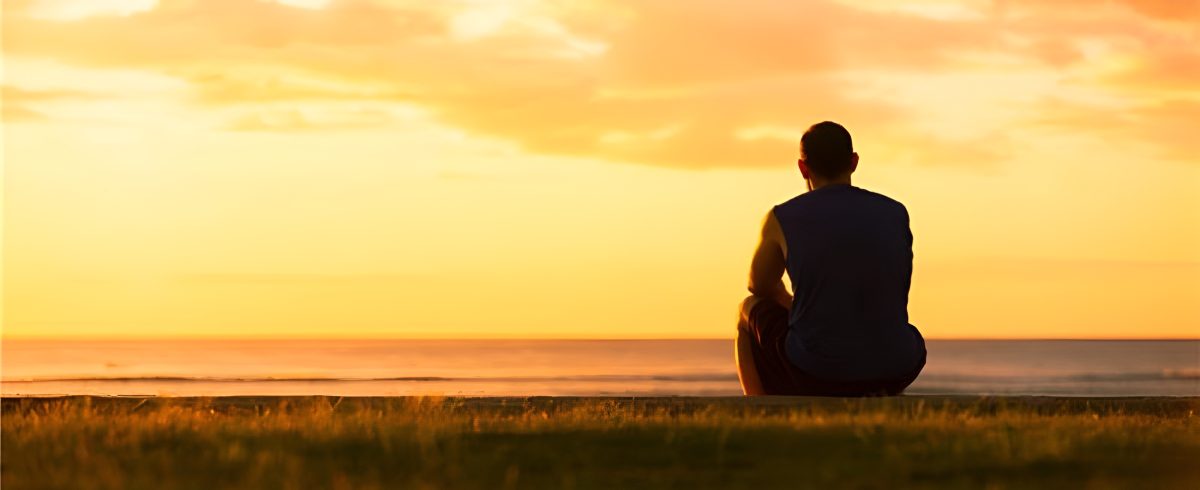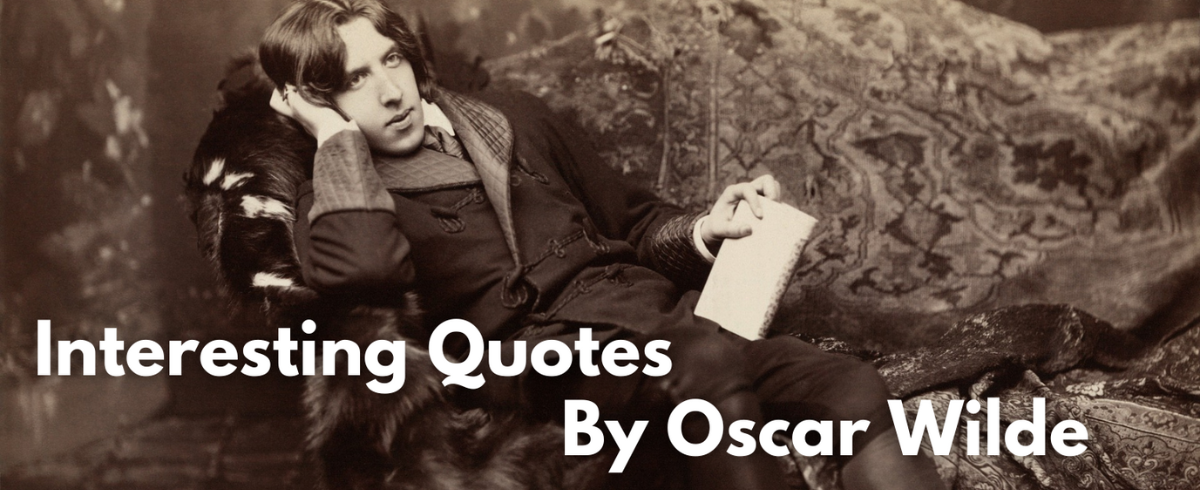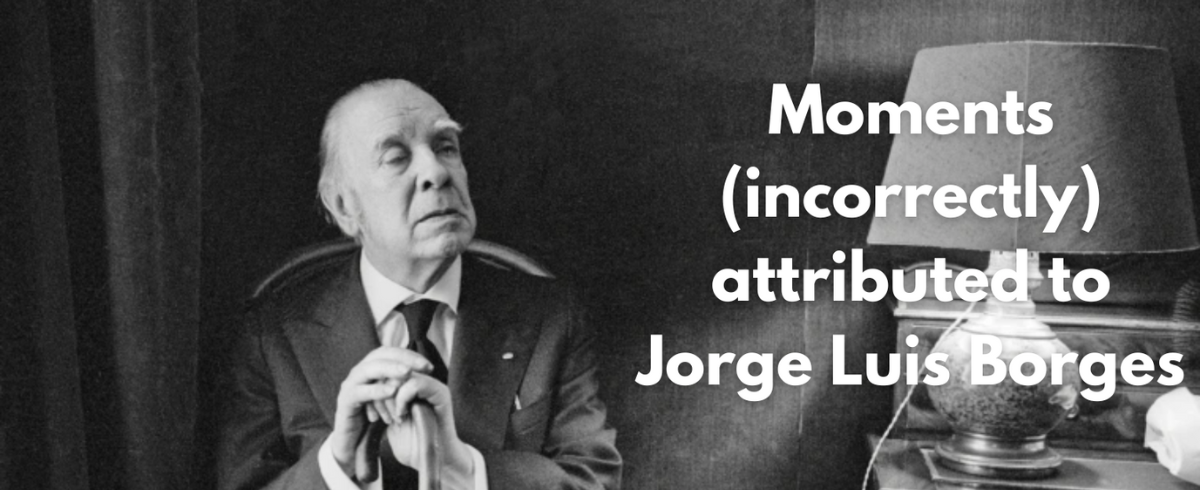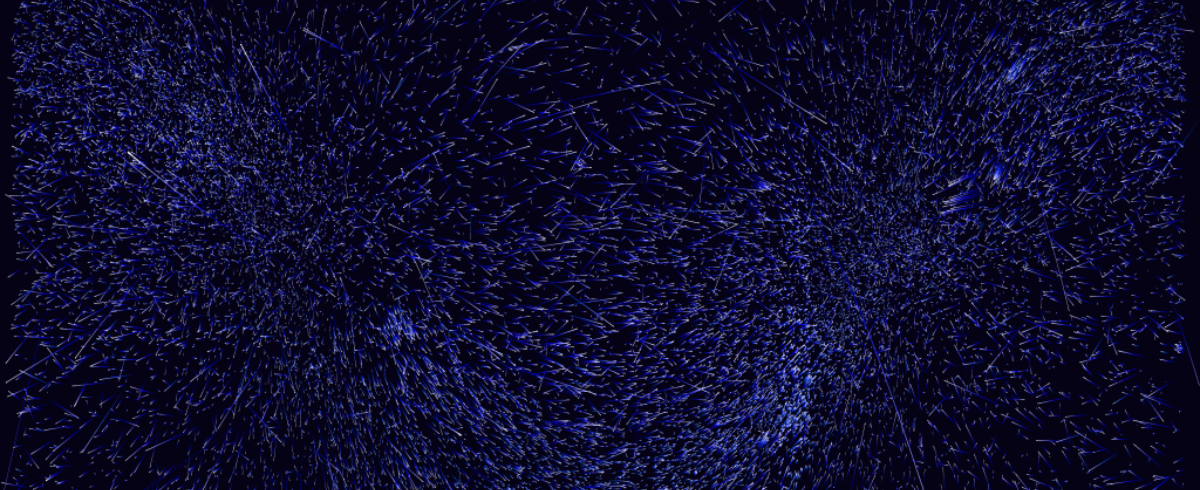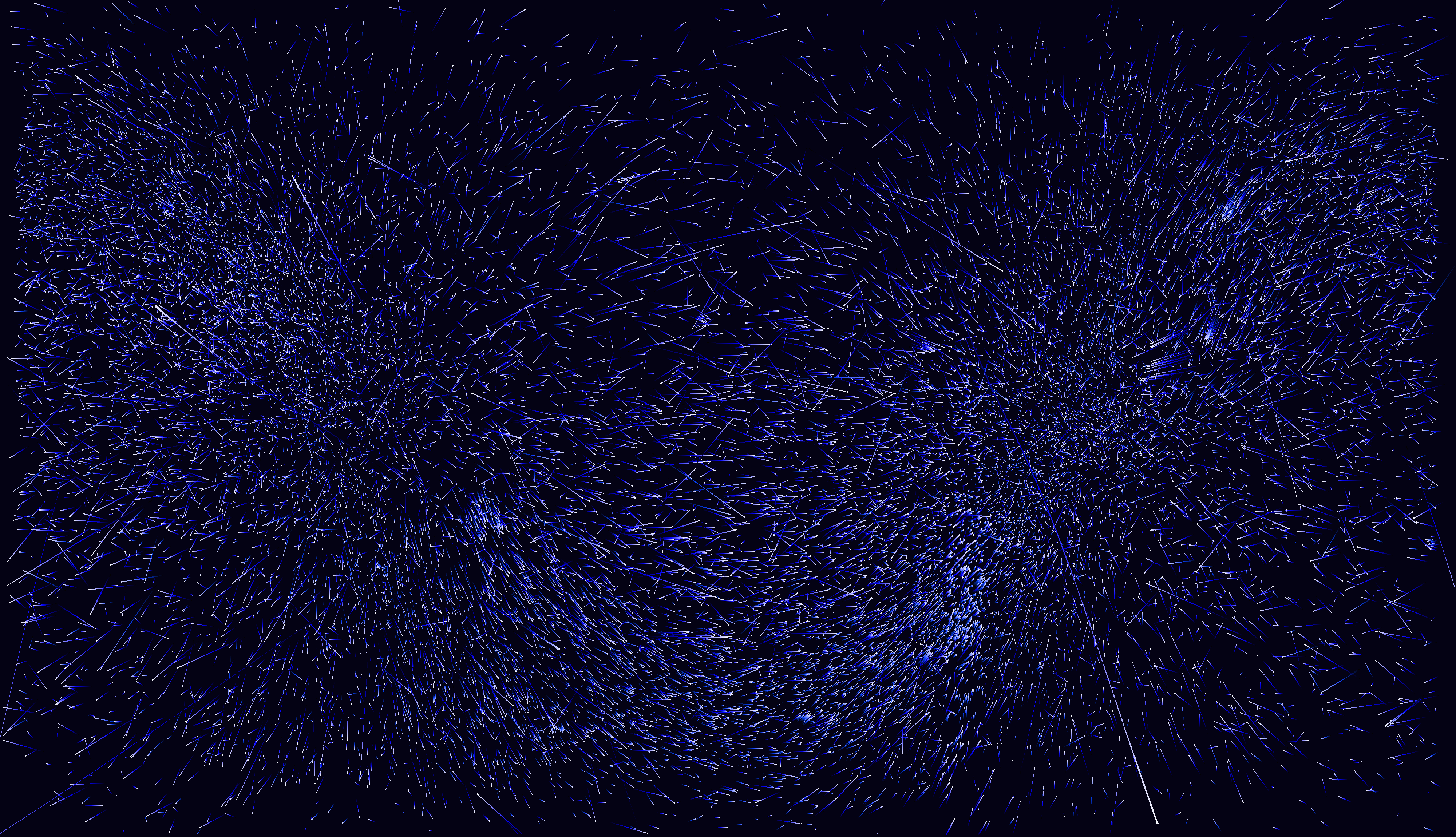每隔一段時間,我們就會面臨一個改變我們生活的決定。 我們到達十字路口,我們選擇走的路不可挽回地關閉了其他路。
為了説明我做出這些決定——無論是在我的商業生活中還是在我的個人生活中——我給自己寫了長而詳細的電子郵件,分析我在哪裡,我想去哪裡,我的選擇以及它們的利弊。
寫下選項的行為本身就有助於我思考它們。 在給自己寫電子郵件時,我很少得出正確的結論,但通常會在幾周后找到它——有時是在使用電子郵件作為與我的親密朋友和值得信賴的顧問討論工具之後。
以下是我在 2001 年 1 月 30 日寫給自己的一封電子郵件。 幾個月前,我賣掉了奧克蘭,當時我正在努力決定下一步該做什麼。 鑒於我接下來要做的事情,閱讀它變得更加有趣
從:法布裡斯·格林達
送: 2001年1月30日 5:26
自: 法布裡斯·格林達
主題: 前方的道路
我最近有相當多的空閒時間,花時間反思我在“商業”生活中所處的位置以及未來幾年我應該做什麼。 不幸的是,我無法得出結論,我想請您幫助考慮一下。 為了讓我的想法有條理,我記下了對我目前情況的分析以及我能做什麼。
現職
與三年前相比,我今天離影響世界變得更好的能力並不遙遠。 更糟糕的是,我的財富水平還不夠高,以至於我不必擔心未來幾年我將如何謀生。 因此,我將不得不在短期內從事「營利性」活動。
從奧克蘭大學畢業后,我確信我想再次成為一名企業家。 休息了兩個星期後,我變得非常焦躁不安,我開始分析美國互聯網市場,尋找套利機會。 同樣,我開始在世界上尋找企業家可以通過對給定數量的供應鏈或流程進行去仲介化或再仲介化來解決的“問題”。 這導致了許多想法。 不幸的是,他們中沒有一個是“正確的”。 在某些情況下,競爭環境會過於激烈,而在其他情況下,商業模式不明確……總是有些不對勁。
有趣的是,我在麥肯錫的最後 6 個月也經歷了類似的過程。 我從來沒有通過分析找到一個絕妙的主意。 奧克蘭的創建是靠運氣。 有一天,我的一個朋友走進我的辦公室,告訴我“我只需要看看這個網站。 那個網站就是eBay。 我立刻愛上了這個專案。 簡直完美。 它有一個很大的市場,一個有吸引力的商業模式,需要我知道我可以籌集到的資金,它很容易執行,而且時機是正確的。 更好的是,一旦我開始從事這項業務,我就愛上了它。
不幸的是,在過去的 6 個月裡,我沒有產生這樣的想法,企業家的環境變得更糟了。 資金更難籌集。 許多新專案,特別是寬頻和無線領域的專案,需要如此大規模的投資,因此最好由擁有品牌、專業知識和現金的現有公司來完成。 我沒有辦法接觸到由創新工程師和程式師創建的少數企業。 在第一輪融資后,他們來找我管理他們,在這個階段,我只會成為公司比例較低的員工。 我通過媒體發出了我正在尋找新企業的資訊。 不幸的是,我收到了成千上萬個毫無價值的想法和專案。
經過兩個月的尋找想法失敗后,我獲得了投資銀行、諮詢公司、私募股權公司和大公司互聯網部門的各種職位。 我拒絕了所有這些邀請,而是成為了多家互聯網公司的顧問。 這個選擇背後的原因是,它可以讓我與“環境”保持聯繫,並增加找到新想法的可能性。
鑒於在接下來的 9 個月里,我仍然由 Aucland 支付,我選擇僅以股權支付。 在過去的四個月里,我為MilleMercis(一個願望清單網站)、MinutePay(一個類似法國PayPal的網站)和Trokers(一個C2C易貨網站,也正在推出一個 Half.com 網站)工作“全職”(每週50小時,而不是通常的80小時及以上)。 對於這些公司,我主要:
- 撰寫商業計劃書(MilleMercis 和 Trokers)
- 籌集資金(MilleMercis和 Trokers)
- 處理業務發展(主要是 MinutePay 和一點 MilleMercis)
- 定義他們的策略(所有三個)
- 網站設計和功能工作 (MilleMercis)
我對這三家公司都產生了巨大的積極影響,因為這三家公司都處於發展的早期階段。 他們有 3 到 8 名員工,他們都拿著最低工資,他們的收入很少或沒有收入,交通也很少。 問題是我無聊得不知所措。 一旦我寫了商業計劃書並做了關鍵的業務發展工作,我就沒有足夠的有意義的工作可以做。 此外,工作也比較無聊。 當你寫過一次商業計劃書時,你可以寫 50 個。 它們都遵循相同的結構。 同樣,工作的其他方面也是非常重複的。 或者,也許只是我對別人的專案或那些特定的項目沒有同樣的熱情。
然而,我能夠實現我的目標之一——與“環境”保持聯繫。 我有足夠的空閒時間,真正加深和拓寬了我在互聯網上的聯繫網路。 我參加了所有重要的互聯網會議、會議和聚會。 我還花時間去印度度假,每個週末都去滑雪。 不幸的是,這些活動都沒有產生一個絕妙的想法,每周 50 小時的“無聊”諮詢工作使我無法花時間思考新的商業冒險。
此外,我不確定我所遵循的商業模式是否有吸引力。 我目前有:
- MilleMercis 的 2%(根據業績,在上一輪 400 萬美元的估值中,股票期權的比例高達 5%)
- 1%的Trokers在上一輪估值的股票期權(150萬美元)
- 0%至2%的MinutePay股票期權,上一輪估值為500萬美元,具體取決於業績
毫不奇怪,我大部分時間都在MilleMercis度過(它也是做得最好的)。 問題在於,這些公司還處於早期階段,目前尚不清楚我的持股何時會變得具有流動性。 在MilleMercis的案例中,我的薪酬取決於我在未來9個月內籌集資金或出售公司的能力。 大多數找我為他們做諮詢的公司都希望採用相同類型的基於績效的薪酬結構。 顯然,他們這樣做是有道理的,但這基本上迫使我兼職為他們工作至少 12 個月。 此外,它的可擴充性不是很強——我能做的工作只有這麼多。
在所有這些情況下,我都以上一輪的估值獲得股票期權(除了在法國之外,很難做任何事情)。 因此,我的上行空間很大程度上取決於退出估值。 此外,這些公司的風險極高。 MinutePay 和 Trokers 目前的商業模式令人懷疑(儘管我喜歡這些服務,他們為客戶創造了巨大的價值)。 MilleMercis是法國願望清單市場的領導者,但他們在電子郵件行銷市場中是一家小公司,他們的收入來源於此。 綜上所述,今年的工作價值可以產生 0 美元,甚至可能高達 100 萬美元。 也就是說,無論今年最終為我創造的價值如何,當公司變得流動時,現金不太可能在四到五年內可用。
鑒於我有一些開支——食物、公寓(最終)等。 – 如果我不想“吃掉”我從奧克蘭得到的少量現金,我必須開始產生一些現金。 如果我想繼續做顧問,我將不得不在明年10月奧克蘭停止向我支付報酬后改變商業模式。(請注意,我有機會從上述三家公司獲得現金。我選擇不這樣做,因為我不需要它,而奧克蘭付錢給我,希望通過獲得股權賺更多的錢)。
也就是說,我不想成為一名顧問。 工作很無聊,而且極不可能讓我變得富有。 我甚至正在考慮停止我為 MilleMercis、Trokers 和 MinutePay 所做的工作,並接受為他們白白工作的損失(如果我明天停止,我將只擁有 1% 的 Trokers)。
問題是,如果我停下來,我需要做別的事情。 萬億美元的問題是什麼。 我不確定我想做什麼,什麼會讓我興奮。我想有幾條路徑是顯而易見的:
投資銀行
我從未在投資銀行工作過,所以我不一定能夠很好地判斷工作會是什麼樣子。 從外部的角度來看,我想我想在銀行從事併購工作。 成為談判過程的一部分並思考交易的後果和理由可能會很有趣。 這項工作聽起來類似於我為Aucland所做的業務開發工作,我很喜歡。 然而,這項工作聽起來並不具有智力挑戰性,也不會很好地利用我掌握複雜概念和理論的能力。 此外,我不覺得自己是一個好的談判者或調解人。
我甚至可能錯過了進入市場的最佳機會。 在我離開奧克蘭后,一位獵頭打電話給我,讓我在兩家法國銀行擔任互聯網併購主管,在那裡我將直接向頂級合夥人彙報工作。 他沒有說出他們的名字,但給了我足夠的暗示,我弄清楚他們是 Lazard 和 Société Générale。 鑒於我沒有似乎聞所未聞的業務經驗。 我不認為今天會出現這樣的提議,特別是因為併購活動已經大幅減少,銀行都開始裁員。
此外,我不確定哪裡是投資銀行的最佳工作場所。 撇開個人喜好不談,我的直覺是,紐約或倫敦的投資銀行家的收入是法國投資銀行家的兩到三倍。 (雖然它們的工作量也更大,但這從未嚇到我)。
私募股權和槓桿收購
同樣,我對這個行業沒有直接的瞭解。 我從在該領域工作的各種朋友那裡得到了非常不同的反饋。 有些人絕對討厭他們的經歷,而有些人則喜歡它。 顯然,該領域的各種公司都追求非常不同的策略(財務優化、槓桿收購、MBO等)。 因此,一家公司每天所做的工作因公司而異。
如果我沒記錯的話,Su Lee(我的麥肯錫朋友之一)討厭她在那裡的經歷。 她過度勞累,整天都在處理財務模型。 在Onex工作的邁克爾·卡漢(Michael Kahan)(麥肯錫的另一位朋友)有著截然不同的經歷。 他的公司主要對大公司或企業集團表現良好的子公司進行管理層收購,以使這些公司通過出售給其他公司等來更快地發展。 因此,他的工作分為三項活動:
- 為這些機會尋找想法。
- 分析想法:通過個人研究和聘請顧問、會議管理、進行財務分析和完成交易,在市場上變得聰明。
- 説明公司成長。
這實際上聽起來很令人興奮,但我必須做這項工作才能成為一個好的判斷者。
某大公司的互聯網部門
維旺迪(Vivendi)、拉加代爾(Lagardère)和法國電信(France Telecom)等眾多公司擁有眾多互聯網部門。 然而,他們似乎在管理這些業務方面沒有什麼技能。 我顯然有機會成為電子商務的負責人,甚至是整個互聯網集團的負責人。 如果我打得好,像這樣的工作可能會在一段時間后(15年?)讓我成為其中一個群體的最頂端。
我認為這些公司需要對業務有很好的瞭解的企業家,但我的直覺是,我討厭在那裡工作:
不同的互聯網部門是不同小封地的一部分,容易發生內訌(我在維旺迪和法國電信多次目睹過這種情況)。 那時我的工作將高度政治化,我討厭公司政治。
成功的關鍵可能是耐心、良好的流程管理、制定正確的議程以及激勵我的直接下屬。 我覺得我可以做到這一點,但我會發現它比定義戰略、籌集資金、談判交易、玩網站設計等要無聊得多。
從好的方面來說,我可能每周在那裡工作 40 小時,而且薪水大多是固定的和高的。 我的另一位麥肯錫朋友為Bertlesman工作,對他來說似乎完全一樣。 他的薪水非常高,工作相對較少,但他似乎對自己的工作也非常厭倦,他似乎討厭圍繞他的官僚主義和政治。
為創業公司工作
我被邀請在許多初創公司擔任首席執行官或業務發展主管。 到目前為止,我拒絕了這些提議,因為我不喜歡這些專案。 他們要麼不好,要麼只是不是很令人興奮。 不過,在更一般的層面上,我覺得為一個不是我創建的創業公司工作不是一個好主意。 在我看來,創業公司生命中最有趣的部分是它的起源,當一切都必須完成時——建立團隊、技術、尋找商業模式、使業務適應環境和客戶等。 一旦公司達到一定的發展階段,整體戰略就被定義了,組織結構更加清晰,CEO的工作變得更加過程驅動——確保公司達到數位,各個部門表現良好,評估他的直接下屬,與股東溝通,等等。我可以勝任這份工作,但這並沒有讓我那麼興奮,而像保羅·齊爾克(Paul Zilk)這樣的人,我聘請的43歲的首席執行官在奧克蘭接替我,可以比我做得更好。
此外,從財務角度來看,在創業公司工作而不是創始人之一會帶來很多失敗的風險,而回報要少得多。
風險資本
在過去幾年親眼目睹了歐洲風險投資公司普遍的無能程度之後,我真的很想在奧克蘭之後加入一家風險投資基金。 我收到了一些邀請,希望作為新成立基金的合夥人加入,或作為現有基金的合夥人或副總裁加入。
實際上,我喜歡閱讀商業計劃書,並會見許多不同公司的管理層。 它迫使我思考和分析眾多行業。 然而,作為一名商業天使,並創立了袋鼠村,一個孵化器,我是專案選擇委員會的成員,我意識到我沒有能力對絕大多數專案做出判斷。 他們太專業了,技術性太強了。 同樣,在許多情況下,尤其是最近,前顧問或銀行家一直在介紹這些專案。 經過多年的訓練,他們表現得如此之好,以至於很難說他們到底有多好。 歸根結底,我最終在項目選擇方面可能並不比我批評的VC更好。
此外,當我創建袋鼠村時,我的意圖是通過積极參與早期階段來真正幫助我們投資的公司。 實際上,我們被商業計劃(品質糟糕)淹沒了,以至於我們無法幫助我們投資的公司。
我也討厭與創始人的談判過程及其雙重標準。 前一分鐘我們試圖爭辯說他們的公司一文不值,另一分鐘在我們投資之後,我們是最好的朋友。 然後,下一輪融資的情況再次變得緊張。 我寧願避免這一切。
此外,現在可能不是進入風險投資的合適時機。 風險投資具有很強的週期性。 投資回報率取決於退出 – IPO 或貿易銷售。 鑒於估值遠低於過去,而且IPO市場已經關閉,風險投資公司在未來幾年不太可能表現良好。 此外,基金往往有 6 到 10 年的生命週期。 今天,我還沒有準備好為任何給定的工作投入 10 年。
成為企業家
我喜歡我在奧克蘭度過的時光(至少在我的VC變得一團糟之前)。 我喜歡作品的多樣性、不斷變化的市場和創造力的需求。 我也喜歡扁平化的組織結構以及我們職業和社交生活的交叉。 不過,讓我擔心的是,我最享受的時光也是我最可能不會在新的創業公司中複製的時間。
我們人手不足和組織不足的時間太長了。 它讓我有機會在公司做每一項工作,並在發生的一切中發揮巨大作用。 然而,只有少數人能做的。 它減慢了我們的速度,並導致了各種錯誤(或者實際上我錯過了我的一些員工的巨大錯誤,因為我沒有時間檢查他們的表現)。 如果我跳過第一部分,我仍然想成為一名企業家,但“有趣”的部分只會持續 12 到 18 個月,那時我最好將公司交給像 Paul Zilk 這樣的人。
因此,對我來說,理想的工作似乎是“連續創業者”。 但為此,我需要有「連續的想法」 ,而這不太可能發生,因為我目前很難找到一個好主意。 此外,正如我之前指出的那樣,時代對企業家來說並不像以前那樣好。
成為駐地企業家 (EIR)
如果我成為一名常駐企業家,我會在一家風險投資公司工作,試圖提出一個商業想法。 他們會讓我訪問他們的資源,並説明我評估我提出的想法。 我不清楚我為他們所做的工作會在多大程度上獲得報酬。 據我瞭解,有一個隱含的安排,EIR 必須在12個月內提出一個想法。
起初,我被這個想法深深吸引。 我想這會讓我找到一個新的想法,如果風險投資人喜歡它,我可以繞過愛情和種子資金階段,直接進行第一輪融資,並更快地發展業務。 這項工作聽起來與我今天所做的工作驚人地相似。 我周圍都是聰明人(目前與我一起集思廣益的互聯網企業家都很聰明),我會去參加各種會議(我已經這樣做了),我會與一些風險投資公司的投資組合公司合作(我也作為顧問與初創公司合作)。 鑒於我缺乏尋找新想法的創造力,我可能不會比現在做得更好。
其他
這份清單永遠不可能完全詳盡,因為選擇是無窮無盡的。 還有其他一些潛在的機會。 我可以拿到MBA學位。 這將使我有時間思考下一步該做什麼,這將使我能夠建立一個關係網路。 但是,我真的不想參加GMAT考試並完成申請過程。 我覺得我在那裡幾乎什麼也學不到,而且我無法證明時間的機會成本是合理的。
另一方面,我不反對做一些與我上面提到的機會完全不同的事情(甚至在商業領域之外)。 我通常會在幾年後對某件事感到厭倦。 除了在普林斯頓學習,我覺得我可以永遠呆下去,因為我喜歡學習,所以我的興趣一直在變化。 起初,我喜歡經營我的計算機公司——合併公司、尋找供應商和客戶、準備定價、銷售計算機、組裝計算機、做會計等。 然而,三年後,我厭倦了處理錯誤和憤怒的客戶(那時計算機更不穩定),一切都變得如此多餘…… 起初我喜歡麥肯錫(好吧,不是關於第一個可怕的利比錢伯斯研究,而是之後的所有研究)。 我喜歡我在那裡遇到的大多數人(他們都非常聰明和有趣)。 一開始,我真的很喜歡寫作和演講。 我真的覺得我正在提高我的口頭和書面溝通技巧,我喜歡學習商業戰略和各個行業的複雜運作。 然而,18個月後,我開始變得焦躁不安。 工作變得重複(在你寫了足夠多的套牌之後,你可以在睡夢中寫出無限數量的套牌)。 此外,這項工作似乎也不是很有意義和令人滿意。 通常,我的建議沒有得到實施或涉及不重要的主題(尤其是在像美國運通這樣的公司,我們正處於研究200或其他階段)。 即使我的建議得到了實施,我也沒有看到它們,並且可能會在幾個月後的論文中瞭解實施情況。 到那時,我將從事另一個專案,不再關心。 說實話,兩年後,奧克蘭變成了這樣。 我非常樂意將公司的日常管理工作交給保羅(他擔任首席運營官)、首席財務官和行銷主管。 起初,我仍然扮演著重要的角色,特別是教他們工作、制定戰略、做商業交易和玩網站。 然而,在大部分工作完成後,我的附加值微乎其微。 現在絕對是把CEO的職位交給保羅去做別的事情的時候了(由於與股東的衝突,這實際上並沒有發生,但那是另一回事了)。 在經營 5 年後,我絕對可以休息一下,我很想做點別的事情。 我只需要弄清楚什麼。 太糟糕了,你不能在一夜之間成為電影明星或體育明星。 我認為嘗試一下會很有趣,至少在一段時間內。 與此相關的是,我實際上在為一家法國日報寫文章時玩得很開心。 我每周寫一篇關於我選擇的與互聯網相關的文章。 我一直在各種話題上採取非共識的立場,這導致了有趣的辯論(老實說,這些文章還沒有發表,到目前為止,我只與其他互聯網企業家分享過它們)。
總的來說,我覺得我需要做出的決定將對我的生活產生巨大影響。 今天我有非常多的選擇。 一旦我開始走一條路,許多其他潛在的路徑將不再可用。 我有生以來第一次不知道哪一個是正確的。 迄今為止,我所經歷的旅程和我在生活中做出的選擇對我來說總是顯而易見的——決定在學校努力學習,去普林斯頓,加入麥肯錫,創建奧克蘭……儘管我一路走來犯了所有錯誤(尤其是在我的個人生活中),但我相信所有這些決定都是正確的(至少對我來說),無論它們如何結束(奧克蘭的經歷可能是一個巨大的成功。太近了……這歸結為兩個錯誤的決定。首先是我自己的。我應該以1500萬美元的價格賣給eBay。然後是阿爾諾的。他應該讓我在去年二月賣掉公司)。
儘管有各種“低谷”時期,但我喜歡我迄今為止的生活。 我喜歡我對它的回憶,我清楚地記得享受生活,儘管當我看到錯失的機會和通過的錯誤時,我不可避免地會感到遺憾。 此外,為了享受我所過的生活,我實際上覺得我完成了一些有意義的事情。 在普林斯頓大學,我喜歡幫助學生掌握他以前不理解的概念所獲得的成就感(我是經濟學導師、會計助教和計量經濟學顧問)。 我一生中最快樂的時刻之一是一個女孩(不幸的是我不記得是誰)告訴我,她努力工作並加入了麥肯錫,因為她想追隨我的腳步。 同樣,在奧克蘭,我為我説明改變了法國的思維方式而感到自豪。 Aucland 是第一家籌集大量資金的法國初創公司(1999 年 7 月,1800 萬美元的增資在法國是聞所未聞的,當時 100 萬美元或 200 萬美元是常態),我們是第一個積極使用公關和嗡嗡聲的公司。 我在媒體上得到的形象是法國互聯網的典型代表,這讓我能夠激勵人們。 年輕人可以再次成功…… 我唯一喜歡在媒體上發表的關於我在奧克蘭的經歷的文章是一小段話,上面寫著:“今天這一代法國年輕人不再想成為像IBM的Lou Gerstner那樣的人,他們夢想成為像Aucland的Fabrice Grida那樣的企業家。 我感到自豪的最後一件事是,我改變了這麼多員工的生活。 他們顯然對我賣給他們的夢想沒有實現感到失望,但我仍然改變了他們的生活。 他們中的許多人被困在他們討厭的無意義的工作中,如推銷員或服務員,現在是就業市場上的熱門商品(他們喜歡它)。
我希望我選擇的道路能讓我對我每天所做的工作感到滿意,並讓我感受到更大的成就感(直到現在,我從未能夠影響超過幾個人)。 如果我能同時擁有這兩樣東西並避免過去的錯誤,事情應該很棒。
無論如何,現在已經很晚了(淩晨 5 點),我的思維和寫作品質都開始顯著下降,所以我就不說了。
